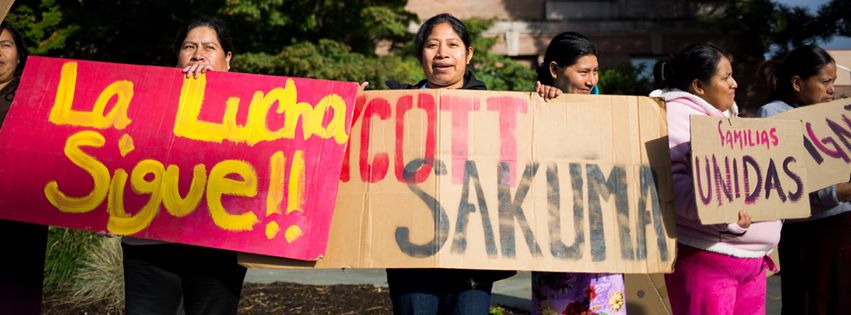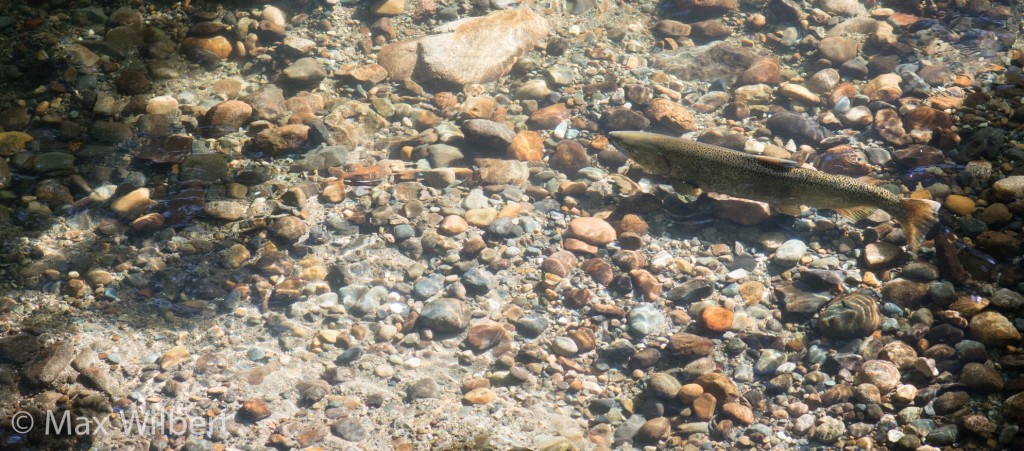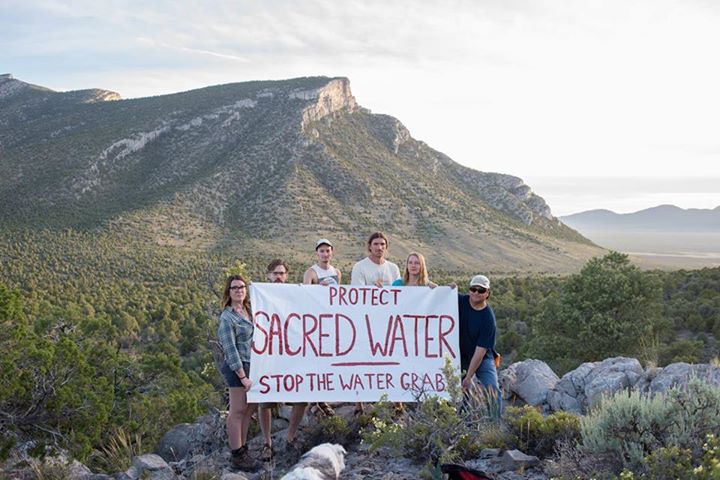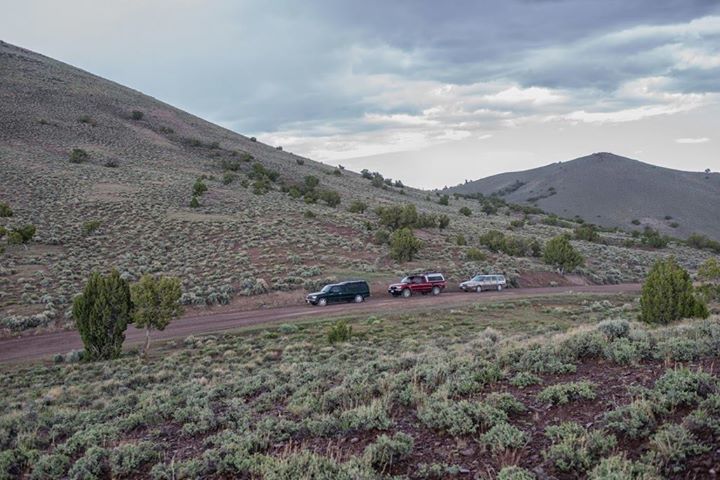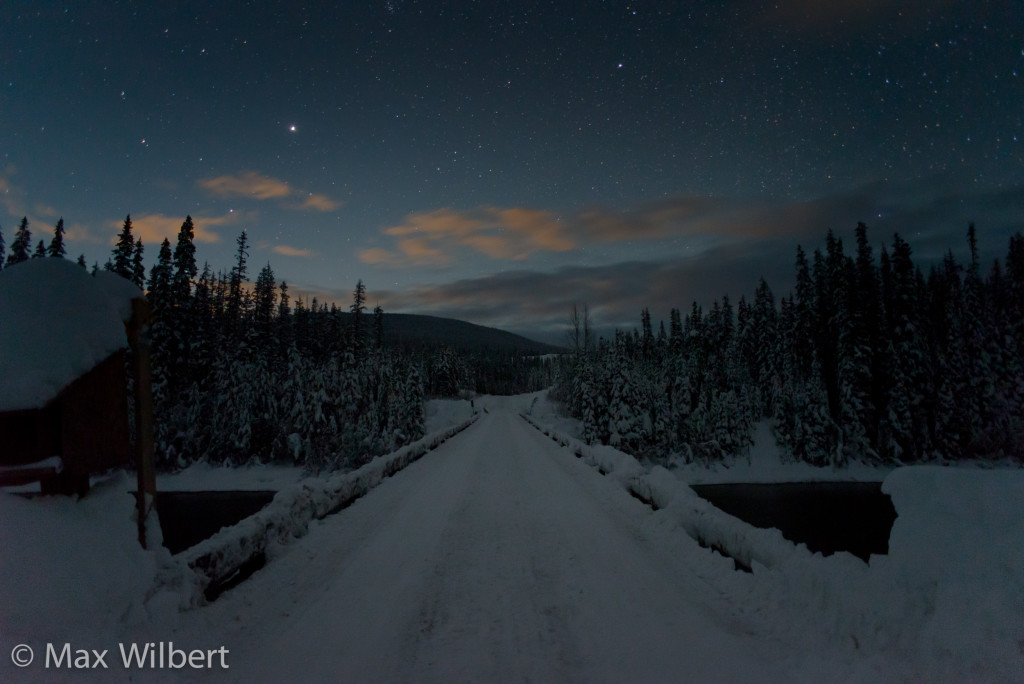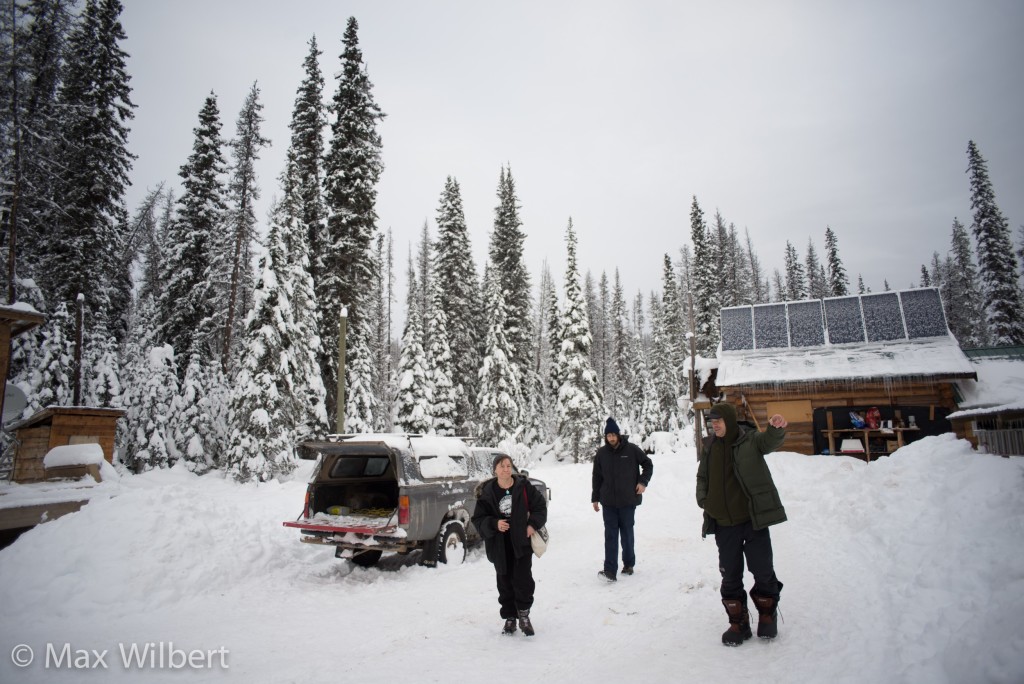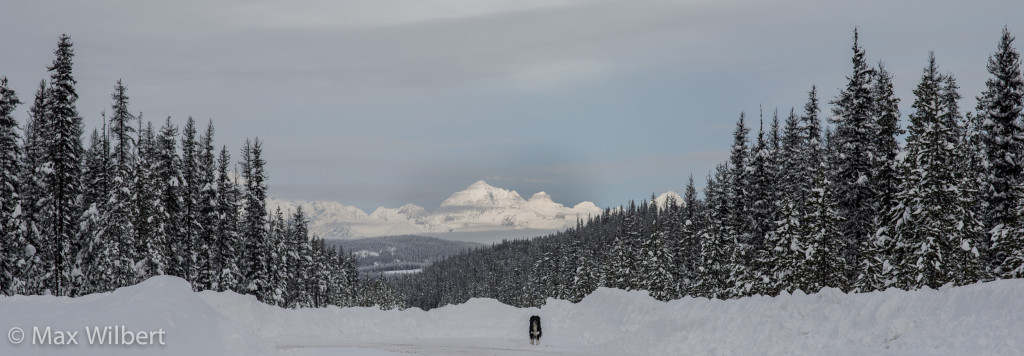Crowdsourcing Repression
Let’s Be Honest
Despite the seeming popularity of environmental and social justice work in the modern world, we’re not winning. We’re losing. In fact, we’re losing really badly.

Why is that?
One reason is because few popular strategies pose real threats to power. That’s not an accident: the rules of social change have been clearly defined by those in power. Either you play by the rules — rules which don’t allow you to win — or you break free of the rules, and face the consequences.
Play By The Rules, or Raise the Stakes
We all know the rules: you’re allowed to vote for either one capitalist or the other, vote with your dollars, write petitions (you really should sign this one), you can shop at local businesses, you can eat organic food (if you can afford it), and you can do all kinds of great things!
But if you step outside the box of acceptable activism, you’re asking for trouble. At best, you’ll face ridicule and scorn. But the real heat is reserved for movements that pose real threats. Whether broad-based people’s movements like Occupy or more focused revolutionary threats like the Black Panthers, threats to power break the most important rule they want us to follow: never fight back.
State Tactic #1: Overt Repression
Fighting back – indeed, any real resistance – is sacrilegious to those in power. Their response is often straightforward: a dozen cops slam you to the ground and cuff you; “less-lethal” weapons cover the advance of a line of riot police; the sharp report of SWAT team’s bullets.
This type of overt repression is brutally effective. When faced with jail, serious injury, or even death, most don’t have the courage and the strategy to go on. As we have seen, state violence can behead a movement.
That was the case with Fred Hampton, an up-and-coming Black Panther Party leader in Chicago, Illinois. A talented organizer, Hampton made significant gains for the Panthers in Chicago, working to end violence between rival (mostly black) gangs and building revolutionary alliances with groups like the Young Lords, Students for A Democratic Society, and the Brown Berets. He also contributed to community education work and to the Panther’s free breakfast program.
These activities could not be tolerated by those in power: they knew that a charismatic, strategic thinker like Hampton could be the nucleus of revolution. So, they decided to murder him. On December 4, 1969, an FBI snitch slipped Hampton a sedative. Chicago police and FBI agents entered his home, shot and killed the guard, Mark Clark, and entered Hampton’s room. The cops fired two shots directly into his head as he lay unconscious. He was 21 years old.
The Occupy Movement, at its height, posed a threat to power by making the realities of mass anti-capitalism and discontent visible, and by providing physical focal points for the dissent that spawns revolution. While Occupy had some issues (such as the difficulties of consensus decision-making and generally poor responses to abusive behavior inside camps), the movement was dynamic. It claimed physical space for the messy work of revolution to happen, and represented the locus of a true threat.
The response was predictable: the media assaulted relentlessly, businesses led efforts to change local laws and outlaw encampments, and riot police were called in as the knockout punch. It was a devastating flurry of blows, and the movement hasn’t yet recovered. (Although many of the lessons learned at Occupy may serve us well in the coming years).
State Tactic #2: Covert Repression
Violent repression is glaring. It gets covered in the news, and you can see it on the streets. But other times, repression isn’t so obvious. A recent leaked document from the private security and corporate intelligence firm Strategic Forecasting, Inc. (better known as STRATFOR) contained this illustrative statement:
Most authorities will tolerate a certain amount of activism because it is seen as a way to let off steam. They appease the protesters by letting them think that they are making a difference — as long as the protesters do not pose a threat. But as protest movements grow, authorities will act more aggressively to neutralize the organizers.
The key word is neutralize: it represents a more sophisticated strategy on behalf of power, a set of tactics more insidious than brute force.
Most of us have probably heard about COINTELPRO (shorthand for Counter-Intelligence Program), a covert FBI program officially underway between 1956 and 1971. COINTELPRO mainly targeted socialists and communists, black nationalists, Civil Rights groups, the American Indian Movement, and much of the left, from Quakers to Weathermen. The FBI used four main techniques to undermine, discredit, eliminate, and otherwise neutralize these threats:
- Force
- Harassment (subpoenas, false accusations, discriminatory enforcement of taxation, etc.)
- Infiltration
- Psychological warfare
How can we become resilient to these threats? Perhaps the first step is to understand them; to internalize the consequences of the tactics being used against us.
The JTRIG Leaks
On February 24 of this year, Glenn Greenwald released an article detailing a secret National Security Agency (NSA) unit called JTRIG (Joint Threat Research Intelligence Group). The article, which sheds new light on the tactics used to suppress social movements and threats to power, is worth quoting at length:
Among the core self-identified purposes of JTRIG are two tactics: (1) to inject all sorts of false material onto the internet in order to destroy the reputation of its targets; and (2) to use social sciences and other techniques to manipulate online discourse and activism to generate outcomes it considers desirable. To see how extremist these programs are, just consider the tactics they boast of using to achieve those ends: “false flag operations” (posting material to the internet and falsely attributing it to someone else), fake victim blog posts (pretending to be a victim of the individual whose reputation they want to destroy), and posting “negative information” on various forums.
It shouldn’t come as a total surprise that those in power use lies, manipulation, false information, fake identities, and “manipulation [of] online discourse” to further their ends. They always fight dirty; it’s what they do. They never fight fair, they can never allow truth to be shown, because to do so would expose their own weakness.
As shown by COINTELPRO, this type of operation is highly effective at neutralizing threats. Snitchjacketing and divisive movement tactics were used widely during the COINTELPRO era, and encouraged activists to break ties, create rivalries, and vie against one another. In many cases, it even led to violence: prominent, good hearted activists would be labeled “snitches” by agents, and would be isolated, shunned, and even killed.
As a friend put it,
“By encouraging horizontal, crowdsourced repression, activists’ focus is shifted safely away from those in power and towards each other.”

Are Activists Targeted?
Some organizations have ideas so revolutionary, so incendiary that they pose a threat all by themselves, simply by existing.
Deep Green Resistance is such a group. If these tactics are being used to neutralize activist groups, then Deep Green Resistance (DGR) seems a prime target. Proudly Luddite in character, DGR believes that the industrial way of life, the soil-destroying process known as agriculture, and the social system called civilization are literally killing the planet – at the rate of 200 species extinctions, 30 million trees, and 100 million tons of CO2 every day. With numbers like that, time is short.
With two key pieces of knowledge, the DGR strategy comes into focus. The first is that global industrial civilization will inevitably collapse under the weight of its own destructiveness. The second is that this collapse isn’t coming soon enough: life on Earth could very well be doomed by the time this collapse stops the accelerating destruction.
With these understandings, DGR advocates for a strategy to pro-actively dismantle industrial civilization. The strategy (which acknowledges that resisters will face fierce opposition from governments, corporations, and those who cling to modern life) calls for direct attacks on critical infrastructure – electric grids, fossil fuel networks, communications, etc. – with one goal: to shut down the global industrial economy. Permanently.
The strategy of direct attacks on infrastructure has been used in countless wars, uprisings, and conflicts because it is extremely effective. The same strategies are taught at military schools and training camps around the planet, and it is for this reason – an effective strategy – that DGR poses a real and serious threat to power. Of course, writing openly about such activities and then taking part in them would be stupid, which is why DGR is an “aboveground” organization. Our work is limited to building a culture of resistance (which is no easy feat: our work spans the range of activities from non-violent resistance to educational campaigns, community organizing, and building alternative systems) and spreading the strategies that we advocate in the hope that clandestine networks can pull off the dirty work in secret.
When I speak to veterans – hard-jawed ex-special forces guys – they say the strategy is good. It’s a real threat.
Threat Met With Backlash
That threat has not gone unanswered. In a somewhat unsurprising twist, given the information we’ve gone over already, DGR’s greatest challenges have not come from the government, at least not overtly. Instead, the biggest challenges have come from radical environmentalists and social justice activists: from those we would expect to be among our supporters and allies. The focal point of the controversy? Gender.
The conflict has a long history and deserves a few hours of discussion and reading, but here is the short version: DGR holds that female-only spaces should be reserved for females. This offends many who believe that male-born individuals (who later come to identify as female) should be allowed access to these spaces. It’s all part of a broader, ongoing disagreement between gender abolitionists (like DGR and others), who see gender as the cultural lattice of women’s oppression, and those who view gender as an identity that is beyond criticism.
(To learn more about the conflict, view Rachel Ivey’s presentation entitled The End of Gender.)
Due to this position, our organization has been blacklisted from speaking at various venues, our organizers have received threats of violence (often sexualized), and our participation in a number of struggles has been blocked – at the expense of the cause at hand.
A Case Study in JTRIG?
Much of the anti-DGR rhetoric has been extraordinary, not for passionate political disagreement, but for misinformation and what appears to be COINTELPRO-style divisiveness. Are we the victims of a JTRIG-style smear campaign?
On February 23 of this year, the Earth First! Newswire released an anonymous article attacking Deep Green Resistance. The main subject of the article was the ongoing debate over gender issues.
(Although perhaps debate is the wrong word in this case: Earth First! Newswire has published half a dozen vitriolic pieces attacking DGR. They seem to have an obsession. On the other hand, DGR has never used organizational resources or platforms to publish a negative comment about Earth First.)
Here are a few of the fabrications contained in the February 23 article:
- “Keith and Jensen [DGR co-founders] do not recognize the validity of traditionally marginalized struggles [like] Black Power.” (a wild, false claim, given the long and public history of anti-racist work and solidarity by those two. )
- DGR members have “outed” transgender people by posting naked photos of them. (Completely false not to mention obscene and offensive. )
- DGR is “allied with” gay-to-straight conversion camps. (The lies get ever more absurd. DGR has countless lesbian and gay members, including founding members. Lesbian and gay members are involved at every level of decision making in DGR.)
- DGR requires “genital checks” for new members. (I can’t believe we even have to address this – it’s a surreal accusation. It is, of course, a lie.)
If these claims weren’t so serious, they would be laughable. But lies like this are no laughing matter.
Here is one illustrative list of tactics from the JTRIG leaks.

“Crowdsourced Repression”
The timing of these events – the Earth First! Newswire article followed the very next day by Greenwald’s JTRIG article – is ironic. Of course, it made me think: are we the victims of a JTRIG-style character assassination? Or am I drawing conclusions where there are none to be drawn?
The campaigns against DGR do have many of the hallmarks of COINTELPRO-style repression. They are built on a foundation of political differences magnified into divisive hatred through paranoia and the spread of hearsay. In the 1960s and 70s, techniques that seem similar were used to create divisions within groups like the Black Panthers and the American Indian Movement.
Ultimately, these movements tore themselves apart in violence and suspicion; the powerful were laughing all the way to the bank. In many cases, we don’t even know if the FBI was involved; what is certain is that the FBI-style tactics – snitchjacketing, rumormongering, the sowing of division and hatred – were being adopted by paranoid activists.
In some ways, the truth doesn’t really matter. Whether these activists were working for the state or not, they served to destroy movements, alliances, and friendships that took decades or generations to build.
I’ll be clear: I don’t mean to claim that the “Letter Collective” (as the anonymous authors of the February 23 article named themselves) are agents of the state. To do so would be a violation of security culture. Modern activists seem to have largely forgotten the lessons of COINTELPRO, and I am wary of forgetting those lessons myself. Snitchjacketing is a bad behavior, and we should have no tolerance for it unless there is substantive evidence.
But members of the “Letter Collective”, at the very least, have violated security culture by spreading rumors and unsubstantiated claims of serious misconduct. Good security culture practices preclude this behavior. In the face of JTRIG and the modern surveillance and repression state, careful validation of serious claims is the least that activists can do. Didn’t we learn this lesson in the 60s?
Divide and Conquer
By itself, verifying rumors before spreading them is a poor defense against the repression modern activists face. Instead, we must challenge divisiveness itself: one of the biggest threats to our success.
The 2011 STRATFOR leak included information about corporate strategies to neutralize activist and community movements. Essentially, STRATFOR advocates dividing movements into four character types: radicals, idealists, realists, and opportunists. These camps can then be dealt with summarily:
First, isolate the radicals. Second, “cultivate” the idealists and “educate” them into becoming realists. And finally, co-opt the realists into agreeing with industry.
This is how movements are neutralized: those who should be allies are divided, infighting becomes rampant, and paranoia rules the roost. To combat these strategies, we must understand the danger they represent and how to counter them.
Fight Repression With Solidarity
We all want to win. We want to end capitalism, reverse ecological collapse, and build a culture in which social justice is fundamental. Many of us have different specific goals or strategies, but we must find similarities, overlaps, and areas where we can work together.
As Bob Ages, commenting on STRATFOR’s divide-and-conquer tactics, put it in a recent piece:
“Our response has to be the opposite; bridging divides, foster mutual understanding and solidarity, stand together come hell or high water.”
Many people across the left share 80% or more of their politics, and yet constructive criticism and mature discussion of disagreements is the exception, not the rule. We need more thoughtful behavior. Don’t spread rumors, don’t tear down other activists, and don’t forget who the real enemy is. Don’t waste your time fighting those who should be your allies – even if they are only partial allies. Let’s disagree, and let our disagreements help us learn more from each other and build alliances.
In the end, that’s our only chance of winning: together.
Max Wilbert lives in the Pacific Northwest, where he works to support indigenous resistance to industrial extraction projects, anti-racist initiatives, and radical feminist struggles as part of Deep Green Resistance. He makes his living as a writer and photographer, and can be contacted at max@maxwilbert.org
Originally posted at Dissident Voice.




